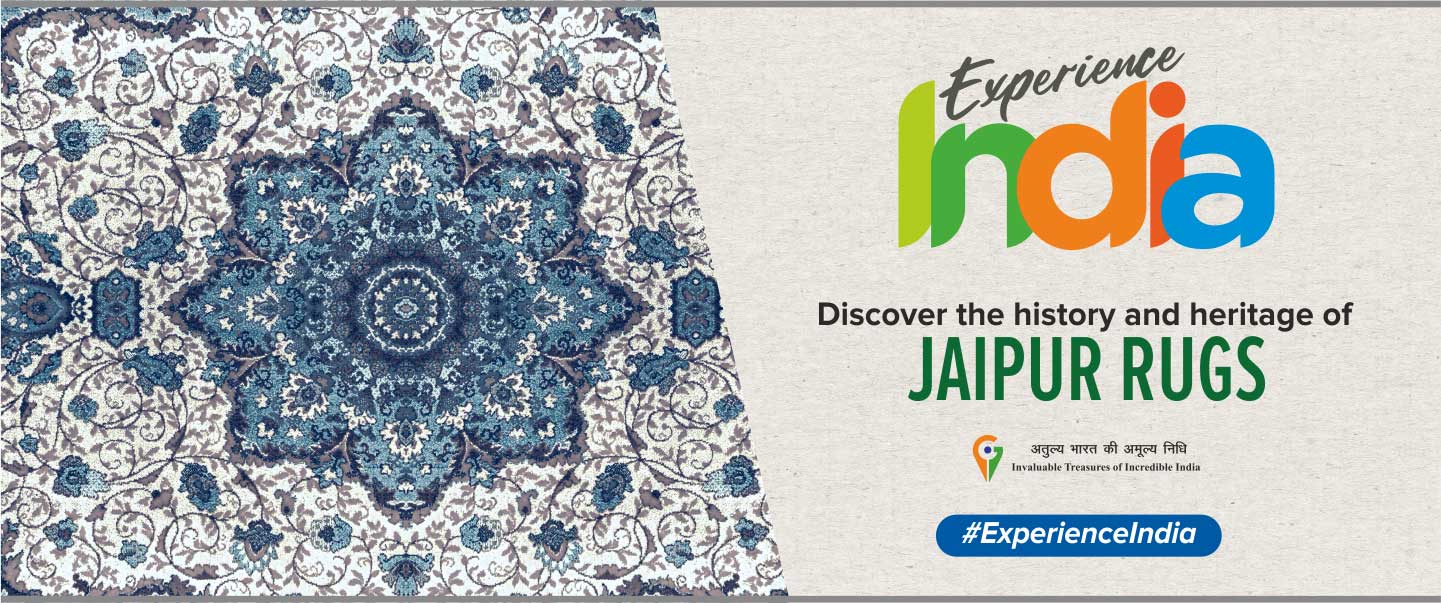Jaipur Rugs
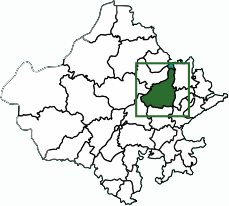
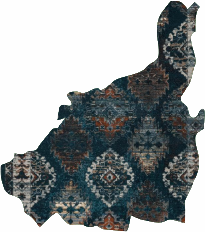
HISTORY
Carpets of Rajasthan are traditionally well known for fine-quality hand-knotted woolen fibers. Jaipur is the main center for this craft in Rajasthan. Carpets first began to be manufactured in Rajasthan when weavers from Afghanistan started to settle in the royal ateliers in the 17th century. Ever since, they have flourished here, with their high-spirited colors and geometric motifs finding their way into showrooms across the globe.
Techniques
• There are many kinds of carpets available in India. The hand-knotted technique was brought by Mughals. Initially, the patterns were Turkish and Persian but later got Indianised.
• In the hand-tufted technique, the carpets have their pile injected with a backing material with the help of a tufting gun, which is itself bonded to a secondary backing cloth with the use of latex solution. Then the third backing cloth is used with and finishing is carried out.
• Hand-Woven carpet is a broad category that includes hand-knotted carpets as well as flat weave carpets. Knotted carpets include the traditional Persian carpets. The quality of hand-woven carpets can be judged by the tightness of the weaves and the density of the knots.
Patterns
Pattern is also an integral part of the hand-made knotted carpet. Patterns like flowers, arabesques, rhomboids, and occasional animal design were commonly produced and employed as designs with varying degrees of stylization.
Materials
The common materials used for weaving carpets are wool, cotton, and silk. Wool has always been the basic material of knotted carpets. Sheep wool, lamb’s wool camel, and yak hair are also sometimes used, depending on the center of manufacturing of the carpets. Silk has been used for weaving some of the finest and lightest carpets.
Colors
Different colors signify different meanings. Dyes play an important role in carpets productions. Most of these dyes are derived from natural pigments. Madder's roots provide the whole range of pinks and reds. Shades of pink were obtained by mixing red with grey. Blue was obtained from the leaves of the indigo plant. Greens were extracted from grass and brown from the leaves of the kikar tree. A very pure yellow was obtained from the stigma of the cultivated saffron crocus, and light yellow was extracted from turmeric.
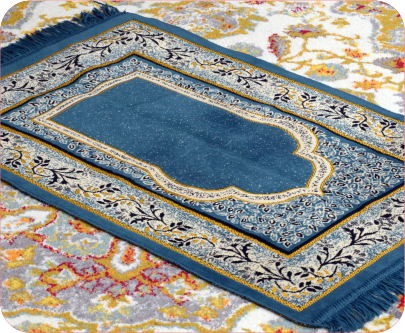
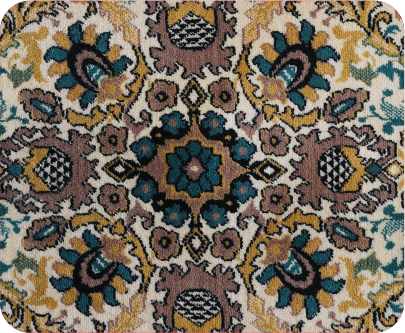
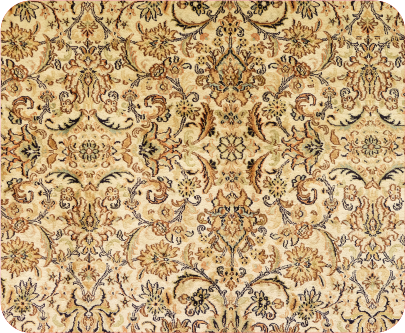
Tourist Attractions
Jantar Mantar is a UNESCO World Heritage Site, Jantar Mantar in Jaipur is considered to be the largest of the five astronomical observatories built by Maharaja Sawai Jai Singh II, the founder of Jaipur.
Built from pink sandstone, the Hawa Mahal is Jaipur’s iconic landmark and visitors can view its complete magnificence from outside, from across the road. However, it is also possible to climb right up to the top for a wonderful view from the windows.
Nahargarh Fort sits proudly on a ridge of the Aravalli Hills, creating an impressive northern backdrop to the city of Jaipur. The palace is a favorite spot for local picnickers. The fort looks brilliant when floodlit at night. Overlooking the city, it presents a glittering view of the city lights.
